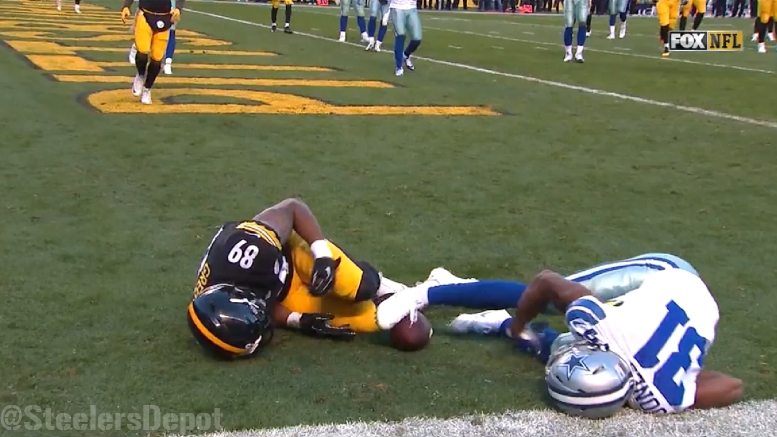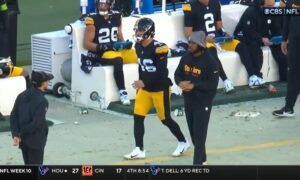Two years ago, it seemed as though the Pittsburgh Steelers were prepared to bring about a miniature revolution about the way that teams approached their offensive game plan, using two-point conversion attempts after touchdowns as a proactive scoring measure rather than a reactive one while playing catch-up from a deficit position.
The Steelers in recent years began their Seven Shots practice sessions that pits the offense and defense against one another on seven plays from the two-yard line, and I do think that this has led to improvements in how both units have performed in goal line situations.
It also seemed to pay dividends, at the time, in their success on two-point plays, but the trend hasn’t carried over. At the time, by the end of the 2015 season, the Steelers had the most success converting on two-point plays over the span of the previous decade, but since then, they have not been able to match their previous efforts.
In 2016, the Steelers attempted nine two-point conversions, the most in the league by two, but they made just three of them, just a 33-percent success rate. Only about eight teams who attempted at least one had a worse conversion percentage. I believe it was the Dallas game in which they attempted and failed to convert all three attempts.
The year before, they attempted 11 two-point conversions, and were successful on eight of them, setting a new NFL record for the most successful two-point conversion in a single season. Through four games this year, however, they have only attempted one two-point conversion.
And it failed.
Though to be fair, it was not the only two-point conversion that they wanted to attempt. In the second game of the season, in the home opener, the Steelers wanted to run a two-point play after a long touchdown to Martavis Bryant, but they were under the assumption that the play clock, which had stopped, was going to reset to 25 seconds.
It didn’t, and they ended up getting a delay of game penalty before they could run the play, a sequence that they were forced to address during the week with questions asked by reporters about what happened with the timing of the play.
This past week, after the teams scored two field goals on drives that stalled due to penalties inside the red zone, it seemed like an ideal opportunity for them to go for two on their next touchdown, attempting to take a 14-0 lead instead of 13-0.
They passed that up, but they did score another touchdown after that in the second quarter, and then attempted the two-point conversion. Looking for the common quick hitter to Antonio Brown working toward the sideline—usually in motion—the Steelers couldn’t connect, however.
It might seem as though the Steelers’ mini-revolution has died before it ever really began. I do wonder how Mike Tomlin will approach the two-point play going forward this year, as it no longer seems to be a regular topic in interviews.








